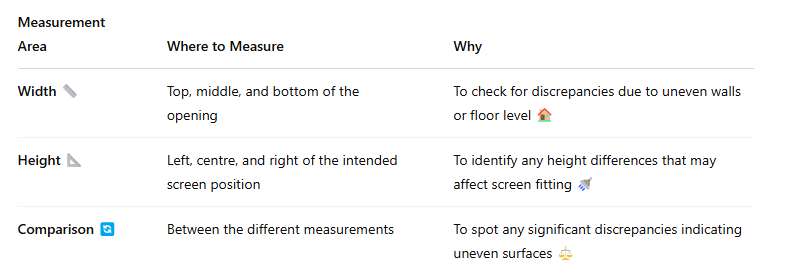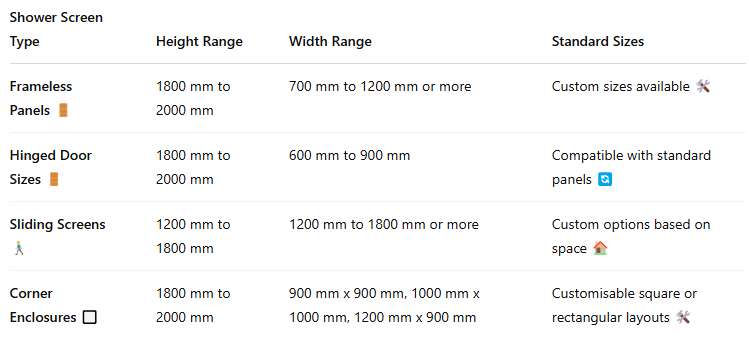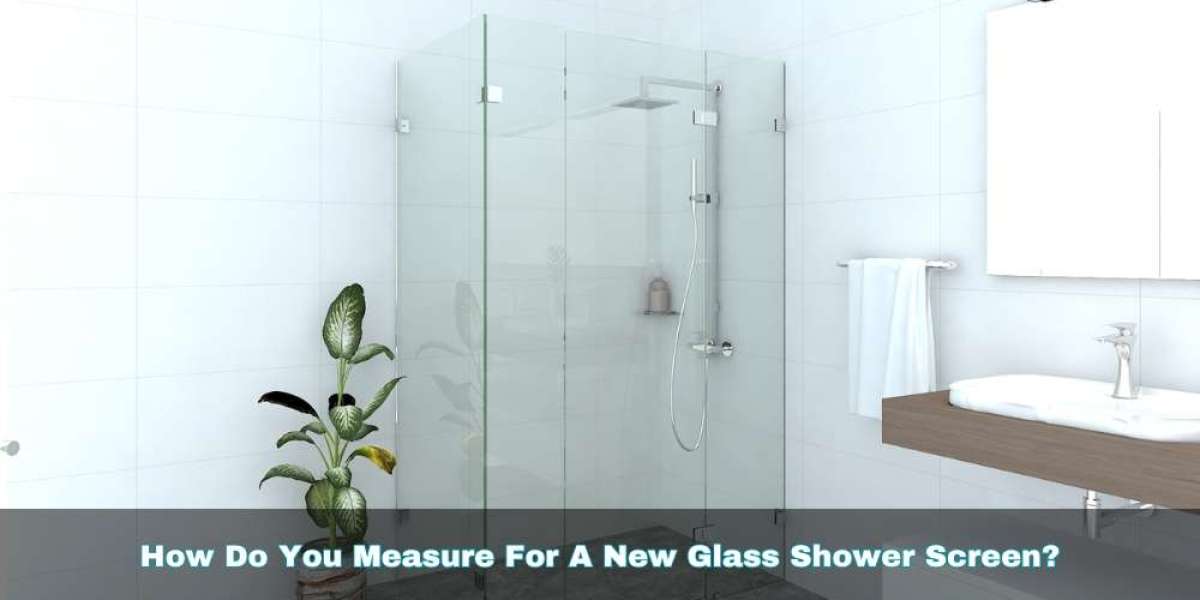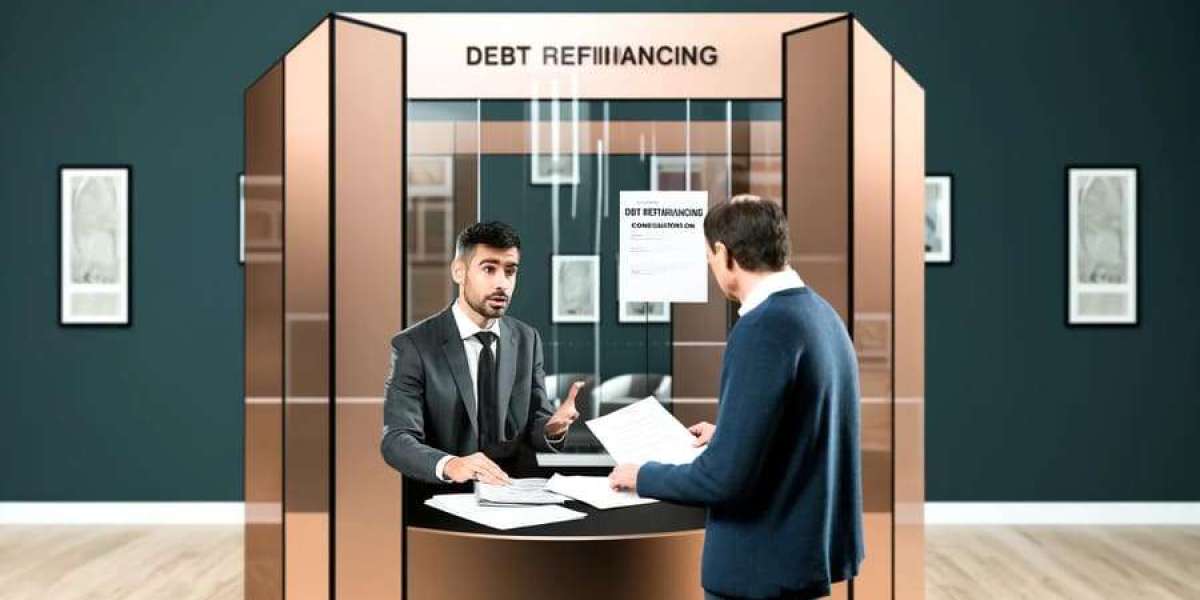Remodelling your bathroom can be like walking through a minefield. One false step, particularly in measurements, can cause expensive delays and a suboptimal final result. You must get the dimensions correct for your new glass shower screen. It guarantees a tight seal, eliminates leaks, and gives you the slim, contemporary bathroom of your dreams. Suppose you are looking for reliable information on bathroom shower glass enclosures, this resource offers detailed guidance on selecting the right fit for your space. Understanding the measurement process is the critical first step to that perfect finish. This guide will take you through the process step by step to ensure you get it right on the first attempt.
Where should I start measuring for a shower screen?
Before you reach for a tape measure, closely examine your shower area. Remove anything from the area that might get in the way, such as shower caddies or other loose items. Think about what type of shower screen you want. Is it a simple frameless panel, a hinged door, a sliding screen, or a complete enclosure? This will determine where you'll start measuring. For a frameless panel, you will measure the opening in which the glass will sit. If an opening has a hinged or sliding door, the distance from wall to wall and height must be considered.
Next, identify the surfaces you are going to measure between. Is it tiled walls, or is there a lip on the shower base? All these details make a big difference in where your measurements start and finish. An example of this is, with a shower base with a lip in it, you would measure the height of the glass from the top of the lip. Likewise, ensure that the spaces you are measuring against are complete and are the final look of your bathroom walls. If you mark off your walkout footprint with un-tiled sections or temporary coverings, you will receive false readings. To ensure the best fit and style, consider the most popular bathroom glass shower screen designs when choosing your shower screen for both aesthetics and functionality.
How do you measure for a new glass shower screen?
Now for the nitty-gritty. Use a metal tape measure of good quality — cloth ones aren’t accurate. If you want something to write your measurements down on while you’re working, a pen and paper are also handy to have. Don't rely on memory alone!
- Width measurement: For an average opening, measure the width at the top, middle and bottom. Not all walls are perfectly straight, and taking several readings ensures you get any variations. Take the shortest of these three measurements - this is the maximum width your shower screen can be without hitting the walls.
- Measure height: From where the glass will sit (e.g., top of the shower base, finished floor line, etc.) to the desired top edge of the shower screen. Standard shower screen heights, ceiling heights, and personal preferences should be considered. However, if you are working with an existing screen, existing fittings are likely to determine the height.
- Door measurements (If there are any): If you install a hinged or pivot door, measure the width of the opening and rough measure how you would like the door to swing. Also, consider how much overlap is needed over fixed panels to avoid water leaking. Note: The height measurement is usually consistent with any surrounding fixed panels.
- Angled walls: Angled walls require some finesse. You need to measure the distance in a straight line between the two most distant points of the opening and the angle. It can be helpful to quickly sketch the area with the dimensions written in.
- Sliding screens: Measure opening width plus desired height for side-sliding shower screens. The glass panels generally overlap, meaning trimming is critical to avoid gaps or significant problems with the range of motion.
Always measure in mm (millimetres) for more accuracy. This is the standard unit within glass and shower screen companies throughout Australia. In general, rounding to the nearest millimetre is safer than rounding up; otherwise, you risk having a screen more significant than the opening.
Should I take multiple measurements?
Absolutely! Walls and floors are rarely perfectly level or plumb. To take accurate measurements, you must take multiple measurements at different points across the width and height of your shower area.

What are standard shower screen sizes to consider?
However, because glass shower screens are often custom-made, it can be helpful to understand what standard sizes are. These vary a bit between manufacturers, but there’s something like the standard dimensions.

- Frameless panels are commonly between 1800 mm and 2000 mm high. Widths vary wildly, from 700mm to 1200mm or more expansive.
- Hinged door sizes: Door widths range from 600mm to 900mm, and heights are compatible with standard panel heights.
- Sliding screens: Torque widths with standard elevations can go from 1200mm to 1800mm or more.
- Corner enclosures: These can be square or rectangular (e.g., 900 x 900 mm, 1000 x 1000 mm, 1200 x 900 mm, etc.), although heights are more standard.
These standard sizes can help you visualise how a given style might perform in your bathroom but don’t feel limited by them. A custom glass shower screen is made to measure based on your specifications, meaning it will fit precisely even if your layout is unique.
Can a professional measure my shower screen for me?
Although this guide covers everything you need to know about measuring for a new glass shower screen, there are advantages to speaking with a professional who can carry out the measurements. Everyone, from you to your bathroom layout, can take them differently, especially if you are unsure about the correct measurements or if your shower area has complex features.
- Professional: Pros have years of experience accurately measuring various bathroom layouts and shower screen types. They know the intricacies involved and can consider elements you might not, like the exact placement of hinges and the door clearances you need.
- Precision: Their proficiency means more accurate measurements, minimising the chance of mistakes that could result in the shower screen not fitting correctly. This can save you time, money, and frustration in the long run.
- Accountability: If a professional measures, they are usually liable for accuracy. (If the screen doesn't match the metrics error, they will generally fix the problem.)
- Peace of mind: If you spend a lot on a high-quality, frameless shower screen, it can bring massive peace of mind when a trained professional installs it.
Most of Sydney's reputed shower screen suppliers, including the best bathroom glass shower solutions, provide a professional measurement and quote service. There may be a nominal charge, but it is worth guaranteeing a proper fit and a smooth installation process, especially when working on bathroom renovation projects where precision is key.
Conclusion
Measuring your new glass shower screen is fundamental to creating the bathroom of your dreams. So long as you know the place to begin and how to do it properly, take several measurements, and keep standard sizes in mind, you can confidently tackle the process. But you get tricky layouts or benefit from the peace of mind of professional experience. In that case, you shouldn’t hesitate to call a qualified shower-screen specialist. Correcting the measurements lays the groundwork for a pretty, functional, leak-free shower space you’ll love for years.



